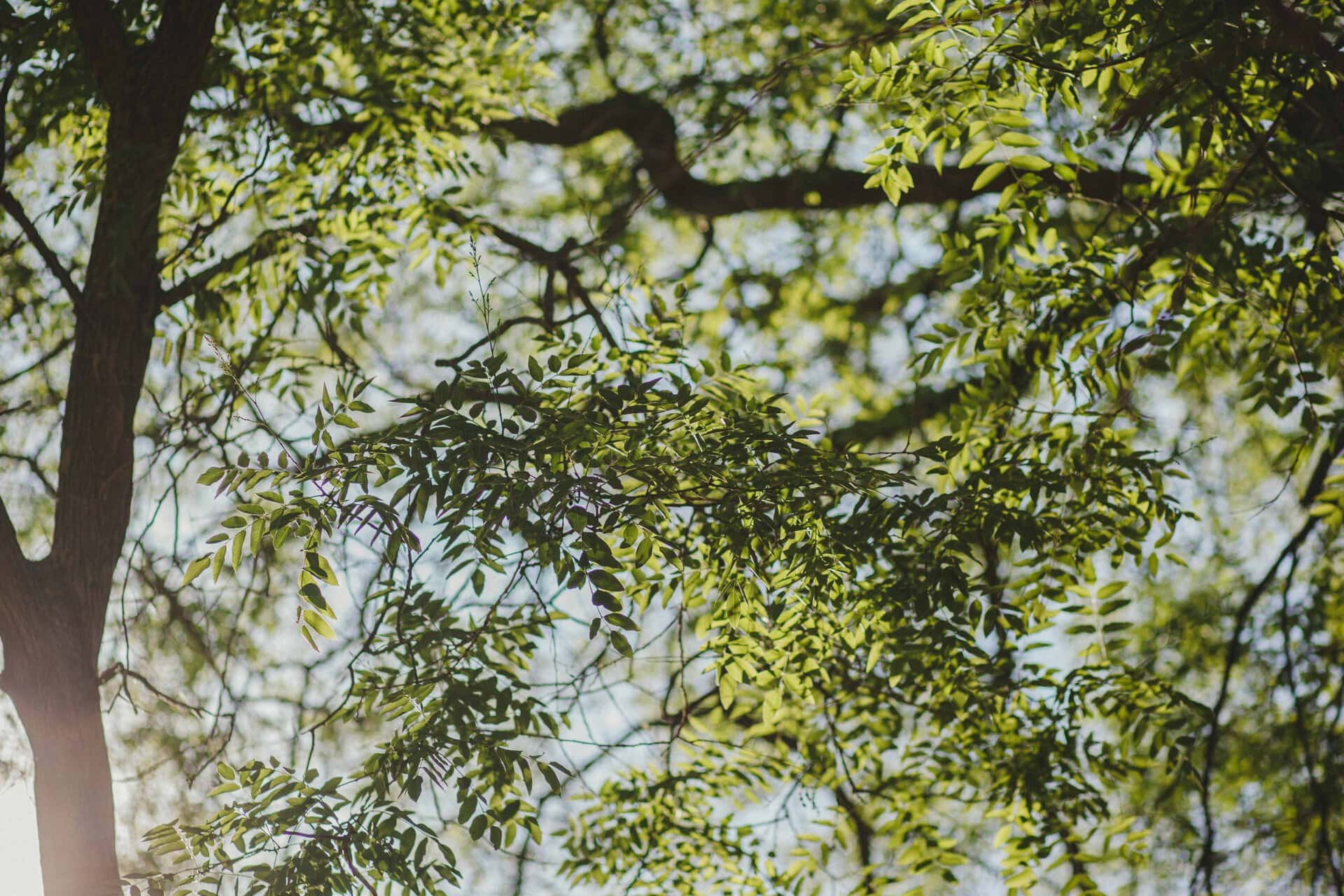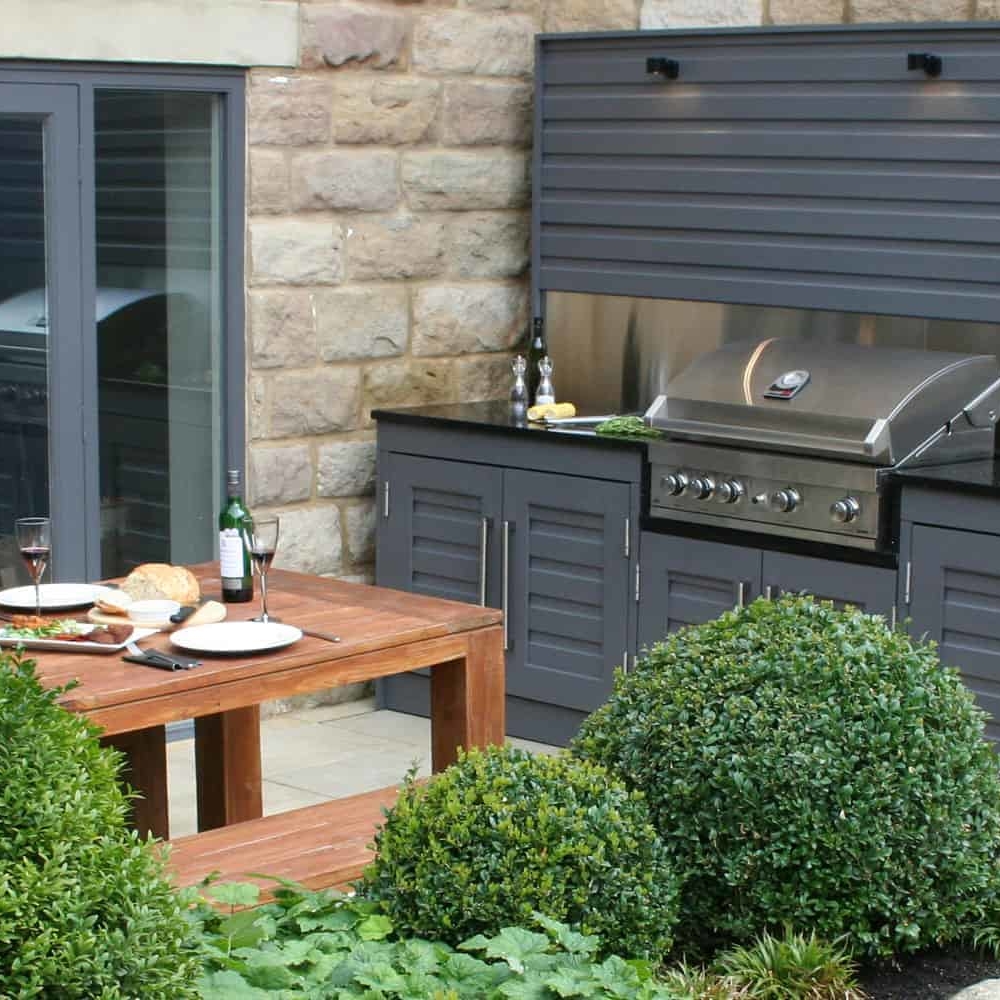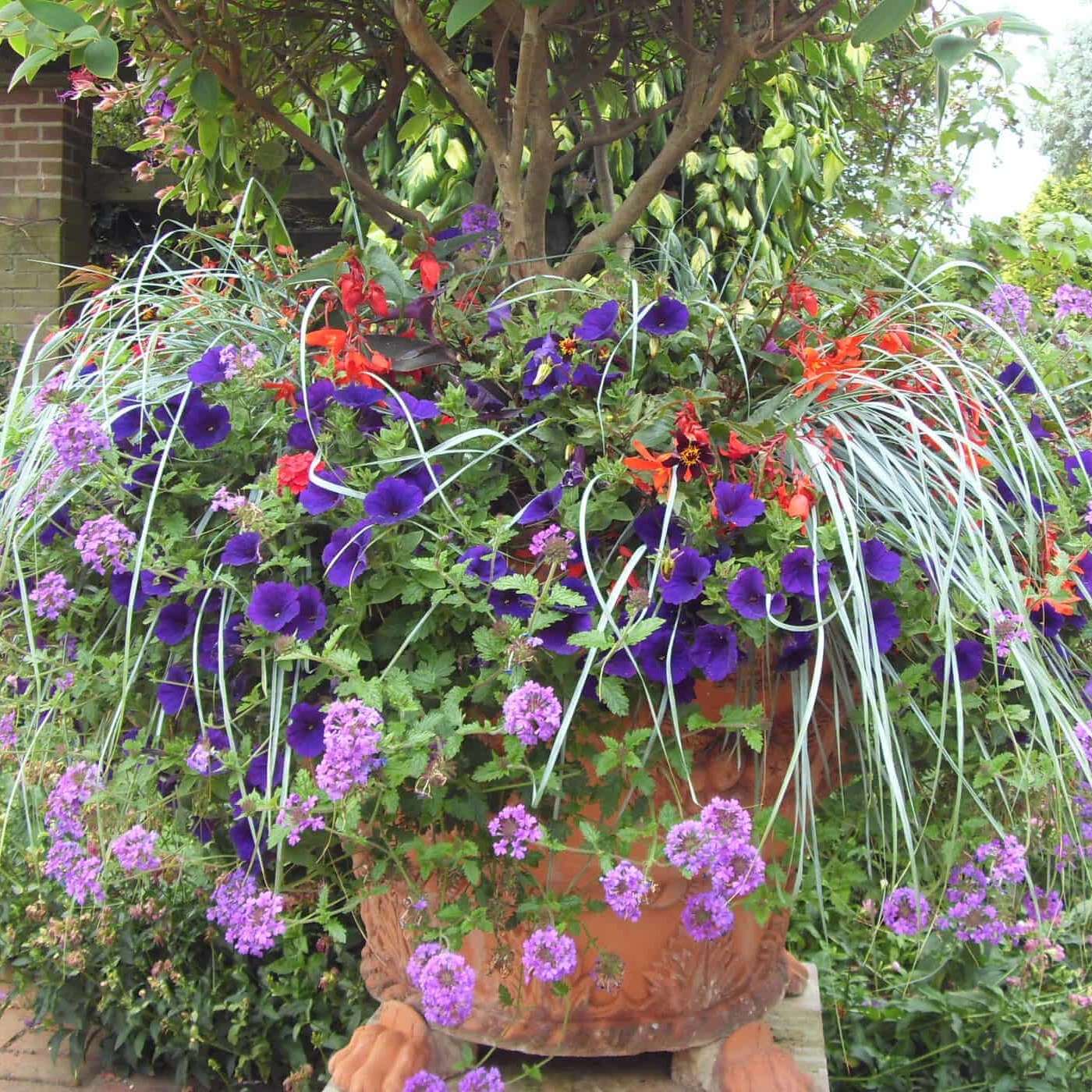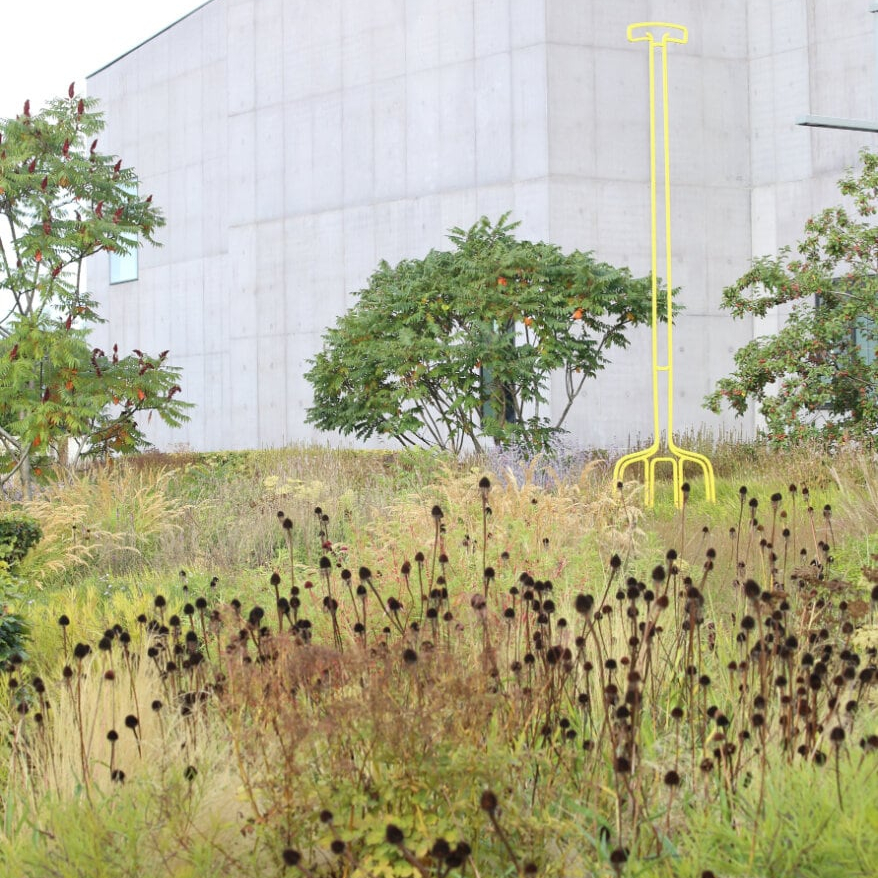Light and shade plays a crucial role in garden design, influencing plant selection, aesthetics, and overall use of the space. The various types of shade found in gardens create distinct environments with unique characteristics. From dappled shade to deep shade, each type has its own impact on plant growth and ambience of the space.

Types of shade in a garden: Partial Shade
Partial Shade: This term refers to areas that receive direct sunlight for part of the day but are shaded for the remaining hours. Typically, partial shade implies receiving two to six hours of direct sunlight each day. These areas are characterized by a mix of sunlight and shade, which can be caused by nearby structures, trees, or partial canopies. Partial shade offers a moderate light environment that is suitable for a wide range of plants, including shade-tolerant flowers, vegetables, and some foliage plants.
Dappled Shade
Dappled shade is a delightful type of shade characterized by patches of sunlight filtering through tree canopies. This type of shade creates a beautiful play of light and shadow on the ground, offering an ever-changing environment. Dappled shade is ideal for growing plants that thrive in moderate light condition, such as ferns, hostas, and astilbes. Its soft, gentle light enhances the visual appeal of the garden, creating a tranquil and inviting atmosphere.
Filtered Shade
Filtered shade occurs when sunlight passes through translucent materials such as shade cloth, trellises, or pergolas covered with vines. This type of shade provides a gentle, diffused light that is ideal for plants that prefer protection from intense sunlight but still require some direct exposure. Climbing plants like clematis, wisteria, and jasmine thrive in filtered shade, as they can utilize the structure to grow and bloom beautifully.
Deep Shade
Deep shade, as the name suggests, is characterized by minimal direct sunlight. It is often found in areas under dense canopies or near buildings that obstruct sunlight. It presents challenges for plant growth due to limited light availability. However, some plants have adapted to thrive in such conditions. Shade-tolerant ground covers like periwinkle, barrenwort, and sweet woodruff can successfully flourish in deep shade. Deep shade areas can also be utilized for creating peaceful seating areas or contemplative spaces. They provide a cool and sheltered environment.
Dry Shade
Dry shade refers to areas where shade is combined with dry soil conditions. These spaces often occur under large trees that absorb much of the available moisture. Growing plants in dry shade can be challenging, but certain species have adapted to survive and even thrive in these conditions. Examples include epimediums, hellebores, and some varieties of ferns. Adding organic matter to the soil and providing regular irrigation can improve the growing conditions in dry shade areas.
Types of shade in a garden: Assessing your plot
Understanding the different types of shade in a garden is key to choosing the right plants and creating spaces that are beautiful and a pleasure to use. The Sun Position App is really helpful in being able to show exactly where the sun will be in the sky at different times of day, and different times of year. So in just a few minutes you can get an overview of the exact amounts of sun the different parts of your garden get. Once you’ve got a good idea, the RHS have plenty of planting inspiration for shaded areas.
Sometimes shade feels like a curse, but in these hot summers we’ve been having. However, there’s increasing interest in creating the right types of shade for cool places to unwind outdoors.
Owen Hayman
Owen joined the Bestall & Co planting and aftercare team in spring 2019. He is an RHS qualified horticulturist, holding a full Level 3 Diploma in Horticulture, and recently came in the top 3 at the Northern Regional Final of The Young Horticulturist of the Year 2019. After first doing a foundation diploma in Fine Art, he went on to gain a degree and masters in Plant and Soil Science from the University of Sheffield in 2014. Owen worked as a researcher on various field research projects in Alaska, Panama and Borneo. When not away in the field, he became obsessed with visiting gardens and nurseries across the British Isles and the Netherlands, developing his own garden, and then taking on a walled allotment garden as a personal project. He realised his true passion was in horticulture, and so moved away from academia and into the world of specialist plant nurseries and professional gardening.
Owen is now studying the Wisley Diploma, but continues to write articles for us on a monthly basis, and we're delighted to maintain contact with such a passionate and knowledgable plantsman.



